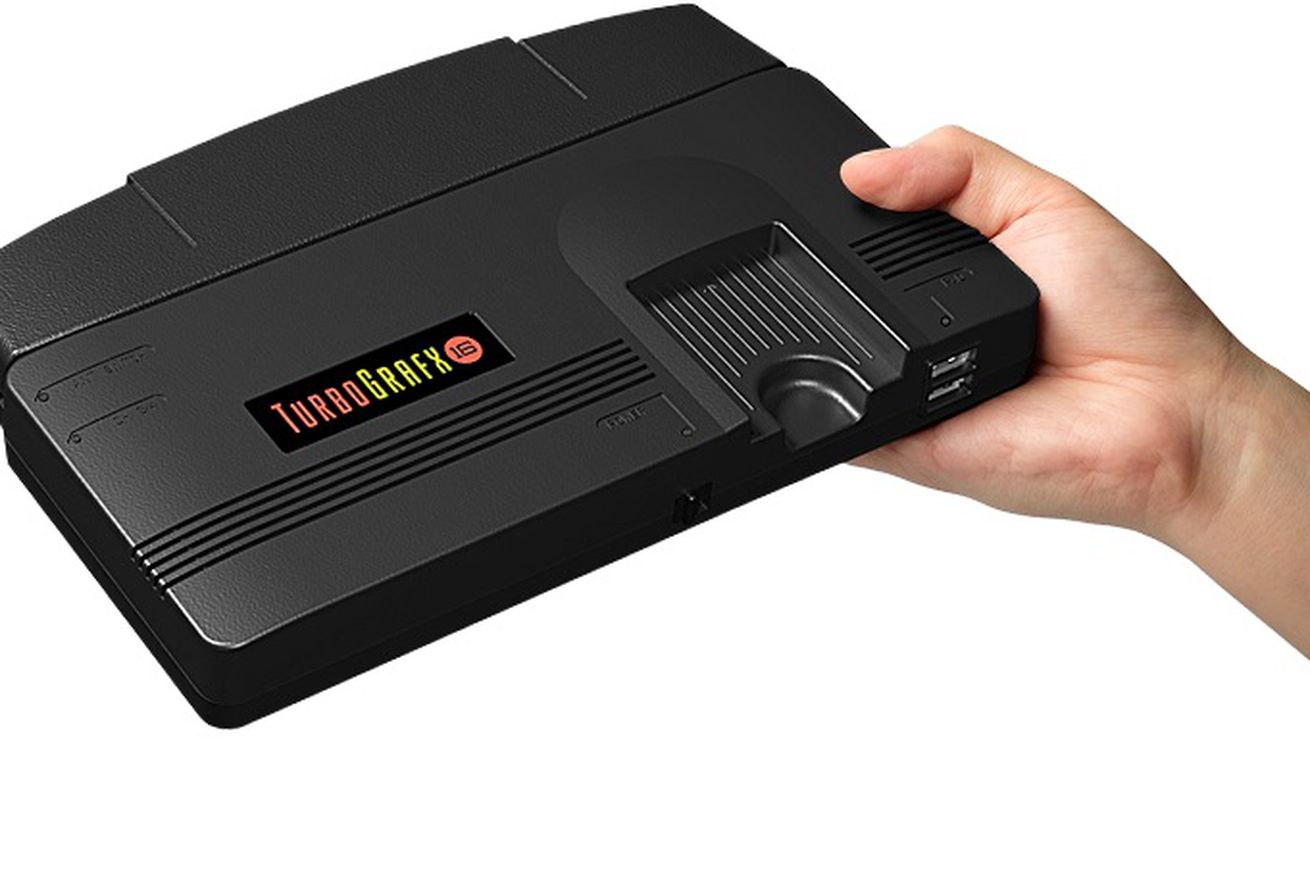T
The Verge RSS
Guest
Author: Andrew Webster

When I was a kid, I spent almost as much time reading about games in magazines as I did actually playing them. There was always so much that was beyond my grasp: a role-playing game from Japan that looked like an anime come to life or fighting game machines that would never come to my local arcade. I would often obsess over expensive consoles that I knew I would never actually own.
The TurboGrafx-16 was one of those consoles. The device — which debuted in North America in 1989, fitting snugly between the NES and SNES launches — wasn’t a big hit outside of Japan where it was known as the PC Engine. It was expensive and unwieldy and didn’t have a killer app like Super Mario or Sonic the Hedgehog to boost sales. But that didn’t dampen my...
Continue reading…
Continue reading...

When I was a kid, I spent almost as much time reading about games in magazines as I did actually playing them. There was always so much that was beyond my grasp: a role-playing game from Japan that looked like an anime come to life or fighting game machines that would never come to my local arcade. I would often obsess over expensive consoles that I knew I would never actually own.
The TurboGrafx-16 was one of those consoles. The device — which debuted in North America in 1989, fitting snugly between the NES and SNES launches — wasn’t a big hit outside of Japan where it was known as the PC Engine. It was expensive and unwieldy and didn’t have a killer app like Super Mario or Sonic the Hedgehog to boost sales. But that didn’t dampen my...
Continue reading…
Continue reading...
